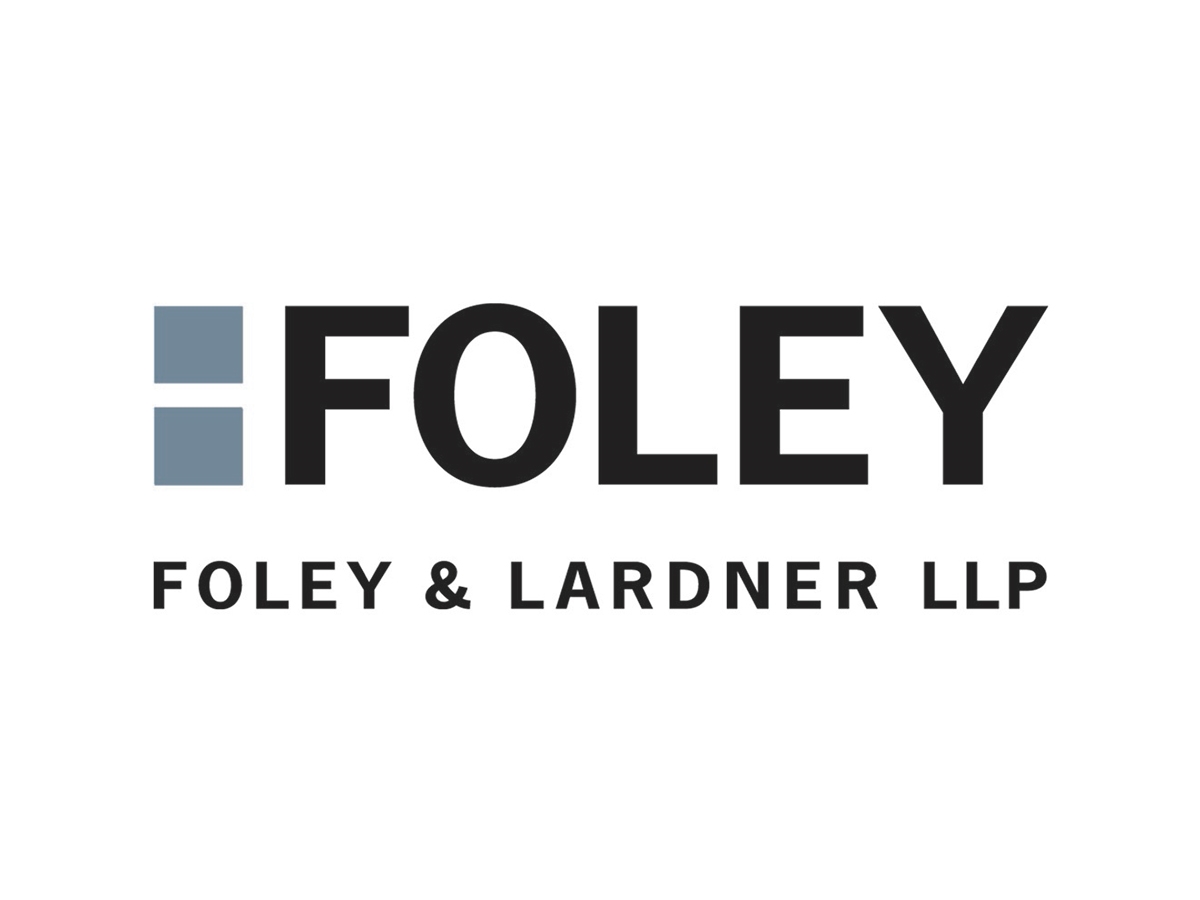High Court Rejects Bid for Clarity on Trademark Confusion
“An amicus brief filed in February by three law school students and faculty supported neither party but suggested reversal in order to resolve a circuit conflict on the fundamental issue of ‘who, fact-finder or judge,’ makes the likelihood of confusion determination.”
The U.S. Supreme Court today denied certiorari in Relish Labs v. GrubHub, Inc., a case that asked the Court to review a U.S. Court of Appeals for the Seventh Circuit decision that held Relish Labs LLC and the Kroger Company (who own the “Home Chef” brand and mark) had not proven consumers were likely to confuse their marks with Grubhub and Takeaway.com’s logo.
Relish Labs petitioned the Court in January of this year, asking the Court to address the following questions:
1) Whether the determination of a likelihood of confusion for trademark infringement is a factual finding, reviewable for clear error, or a legal conclusion, reviewable de novo, or a combination?
2) Whether a court should disclose its analysis of all the factors in a multifactor likelihood of confusion balancing determination for trademark infringement?
Home Chef is a meal kit company that merged with Kroger in 2018. Kroger offers the Home Chef products in stores, online and through services such as DoorDash and Instacart. Home Chef began using the HC Home Marks in 2014. Online food delivery company Grubhub was acquired by Just Eat Takeaway (JET) in 2021. JET owns numerous food delivery brands worldwide and combines the Jet House Mark with local brands when conducting business.


A magistrate judge eventually issued a Report and Recommendation (R&R) finding that the district court should grant the injunction. But the district court rejected the R&R and denied the preliminary injunction, providing an analysis of only three of the likelihood of confusion factors.
In its opinion on appeal, the Seventh Circuit reviewed the district court’s judgment for clear error, but addressed one of the likelihood of confusion factors de novo, and concluded overall that it could not say the court clearly erred in its reasoning.
The Supreme Court petition argued that the district court failed to provide a full analysis of the seven likelihood of confusion factors under Helene Curtis Industries v. Church & Dwight Co., 560 F.2d 1325, 1330 (7th Cir. 1977), addressing only three and relegating the rest to a footnote. The Seventh Circuit then found the district court erred in its analysis of the final factor, intent, but de novo analyzed the “strength of the mark” factor, although the district court had not considered it and the parties had not briefed on it. These differing standards are creating confusion and uncertainty for trademark owners, the January petition argued:
“The likelihood of confusion factors are interrelated because the analysis of one can affect another factor’s analysis and weight, which is why a multifactored balancing test was originally deployed…. Due to the factors being interrelated and each bearing on the ultimate question, courts have admonished that each factor should be considered, that all of the factors should be balanced in totality, and that no one factor is dispositive.”
The petition cited an empirical analysis of 331 trademark decisions (287 dispositive) from 2006 that concluded “judges employ fast and frugal heuristics to short circuit the multifactor test.” This lack of analysis leads to inconsistency. “Judges assessing consumer confusion from the bench should not stampede over factors which are not even considered,” said the petition.
The petition also argued there is a circuit split on the approach to confusion analysis, with the Second Circuit and the Federal Circuit reviewing each factor’s analysis and the overall finding of confusion de novo; the Sixth Circuit reviewing each factor’s analysis under the clearly erroneous standard, but the ultimate finding of a likelihood of confusion de novo; the Fourth, Seventh, and Ninth Circuits reviewing the analysis of each factor and the ultimate finding under a clearly erroneous standard of review; and the First, Third, Fifth, Eighth, Tenth, and Eleventh Circuits using the clearly erroneous standard, but analyzing the underlying legal principles de novo.
In its brief in opposition filed in May, however, GrubHub said there is no split. “Absent clear error, appellate courts across the country uniformly defer to a district court’s factual findings on the question of likelihood of confusion, and on the appropriateness of denying a motion for a preliminary injunction. That is precisely what the Seventh Circuit did here when it declined to disturb the District Court’s denial of Home Chef’s motion for a preliminary injunction,” wrote GrubHub.
An amicus brief filed in February by three law school students and faculty supported neither party but suggested reversal in order to resolve a circuit conflict on the fundamental issue of “who, fact-finder or judge,” makes the likelihood of confusion determination. The amici urged the Court to adopt the “deference standard, allocating the decision to the trier of fact.” Since likelihood of confusion ultimately comes down to whether an ordinary consumer would be confused, judges do not need to make the determination, unlike in patent law, said the brief.






